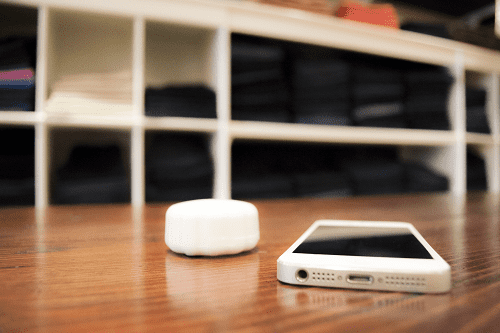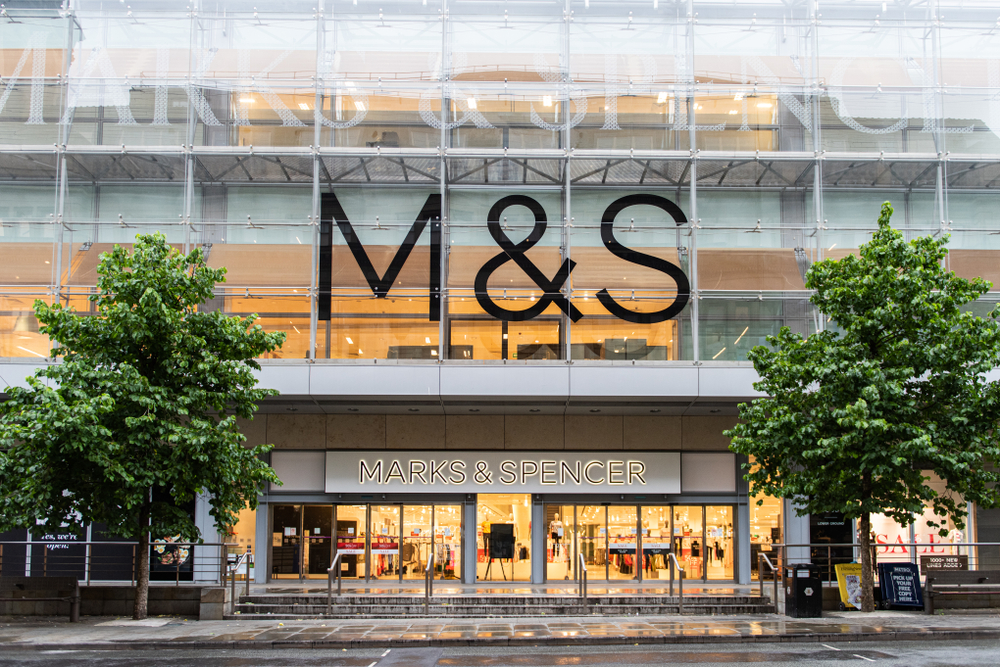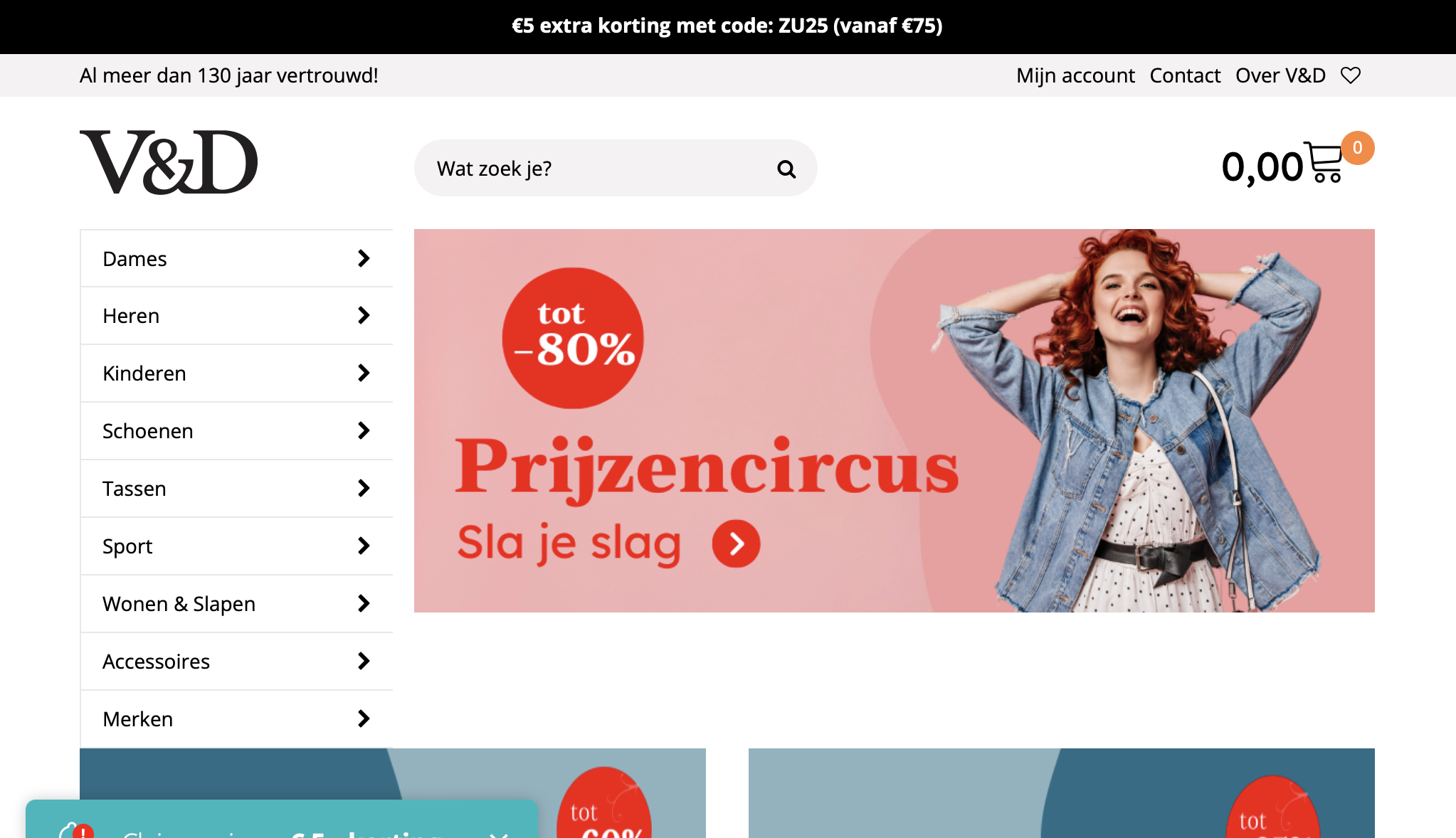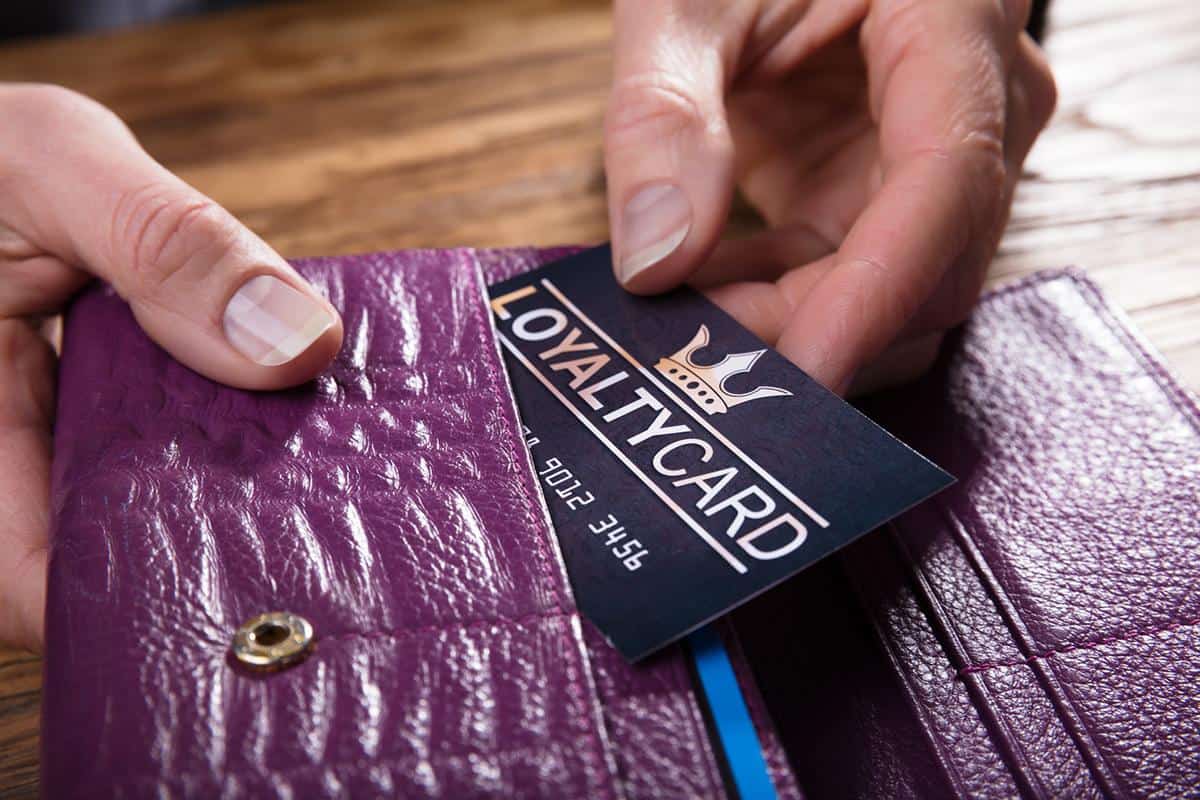Beacons have been the technology implementation of choice in store for leading retailers this year. Rian Boden, journalist at NFC World+, shares lessons from some early adopters.
Bluetooh Low Energy (BLE) beacons and Apple’s iBeacon protocol are fast entering the mainstream as a shopper marketing option for retailers and brands aiming to improve the mobile shopping experience.
The idea that customers can be sent notifications that matter to them on their mobile phone as they pass by a shop window or pause at a particular merchandising display is massively appealing. But with that potential arises a mass of questions for both the consumer and the retailer alike.
Is my privacy at stake if I sign-up to this? What notifications pop up on my phone that I don’t want? How do I determine what notifications would be good to send out and how often?
There is a very thin line between providing a useful service that increases sales and bombarding customers with messages that they simply aren’t interested in. When faced with questions such as these, what is it exactly that retailers need to do to make sure that it is a worthwhile investment and how do they make sure that their customers will actually want to use the service?
For our new report, Bluetooth Beacons: Lessons from the Shopper Marketing Front Line, NFC World+ set out to answer these questions by speaking with early adopters of the technology. Retailers such as Alex & Ani and GameStop as well as landowner The Crown Estate and a number of technology providers openly shared information about their firsthand experience with the technology and offered their advice to others currently looking at testing or implementing a Bluetooth beacon solution.
“I often times see people make decisions to experiment with beacon technology, not knowing what the ultimate end goals are. To predefine success, you need to know what those end goals are and the original mission,” Ryan Bonifacino, Vice President of Digital Strategy at US retailer Alex & Ani, advised. “I think on the delivery of information, you have to always look at the transfer points, keeping the customer’s privacy at the top.”
Alex & Ani has been using beacon technology since launching a pilot with marketing platform provider Swirl in 2013, which saw more than 75% of shoppers engaging with the content that was delivered to them while they shopped.
The retailer has now installed beacons across forty stores in the US and is currently in the final phase of developing its own Alex & Ani app that will work in conjunction with the platform to trigger consumer interaction. Alex & Ani will utilise the Swirl platform to provide customers with in-depth information about products they see in-store.
“I think that retailers and brands need to be very open to their customers, very educational, as they’re going through those experiences and as much as we all want to commit to innovation and being early adopters and being leading edge, you have to equalise that commitment with a stance on privacy,” stressed Bonifacino.
The key to being successful with beacons is context
In addition to Alex & Ani, Swirl’s platform has also been tested by other retailers including Timberland , Kenneth Cole and Lord & Taylor. Across all of their retail partners, Swirl has seen offer open rates of 75% and a 35% redemption rate.
Development though is a highly iterative improvement process that requires close care and attention and tuning so you have to be really comfortable with that process and be committed to it, explains Charlie Larkin, Senior Director of Technology Innovation at GameStop.
The video game and consumer electronics retailer is currently in the final phases of launching a beacon pilot using technology provided by Shelfbucks in test markets including Austin and College Station, Texas. A lot of focus and effort has been spent on testing out and changing the ranging and the frequency of the beacon signals to optimise the customer experience, which proved to be far more difficult to figure out than the retailer had expected.
“I don’t think this is a piece of technology that you just go and buy off the shelf and you turn it on and everything’s perfect; you really need to test that and you need to be ready for rapid, iterative testing and different configurations. If you haven’t prepared yourself for that, you might be in for a surprise,” says Larkin.
The market test will have a particular focus on empowering the consumer shopping experience and will start with a small group of testers to “tweak, tune and adjust” the platform before expanding to the full set of markets that the company has in south and central Texas.
CONTEXT
The key to being successful with beacons is context and using them as part of an entire campaign or end-to-end solution, rather than as beacon devices alone. “It’s all about engaging the consumer, understanding them and really changing the way the consumer shops and you can’t do this using beacons alone,” says Owen Geddes, CEO, Appflare.
“People will get tired of getting another offer, another offer, another offer, especially if they’re from stores they don’t want to even be engaging with,” warns Jonathan Berlin, CEO of technology provider Iconeme. “It’s all about engaging the customer and giving them something else in addition to their experience while they’re in a store, rather than just giving them a coupon because literally, somebody could stand at the front door and give them that coupon.
“You’ve got to give them something that’s worthwhile to them and things like being able to shop 24 hours a day, things like finding out where the product is in a store especially if you’ve got a larger store, are all very important ways to help the consumer.”
You have to double think about what you want beacons to do for you, explains Ian Law, Chief Information Officer at San Francisco International Airport. He believes that it is really easy to sit down and think of fifty things that beacon technology can do for you but advises that it’s really important to narrow that field to “the few things that you really, really want and then commit to going after those”.
It is clear that there are many different ways that retailers can use beacon technology – from data collection, providing information to customers or even using the devices as a payment mechanism – and this is what makes the technology so exciting. However, as these early adopters have shown, it is vital to focus in on just those few things that you really want to achieve, get the buy in from colleagues, especially those in-store, and go forward to test it out before launching the platform on a larger scale.





